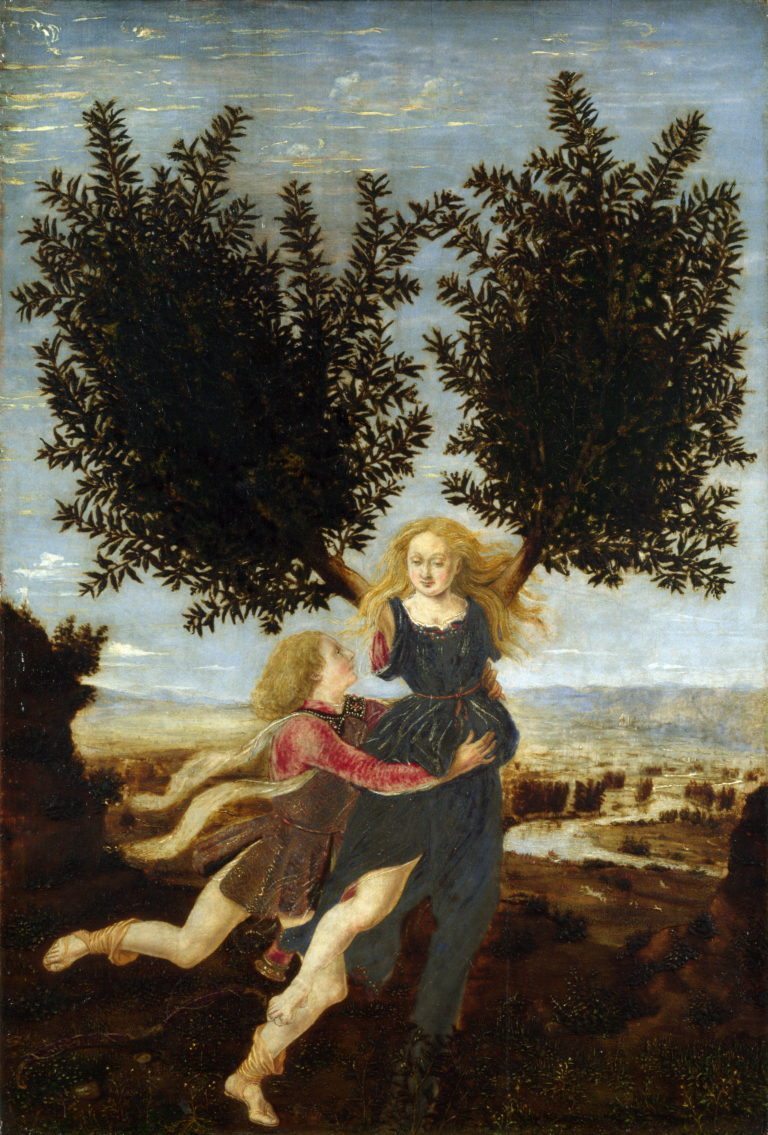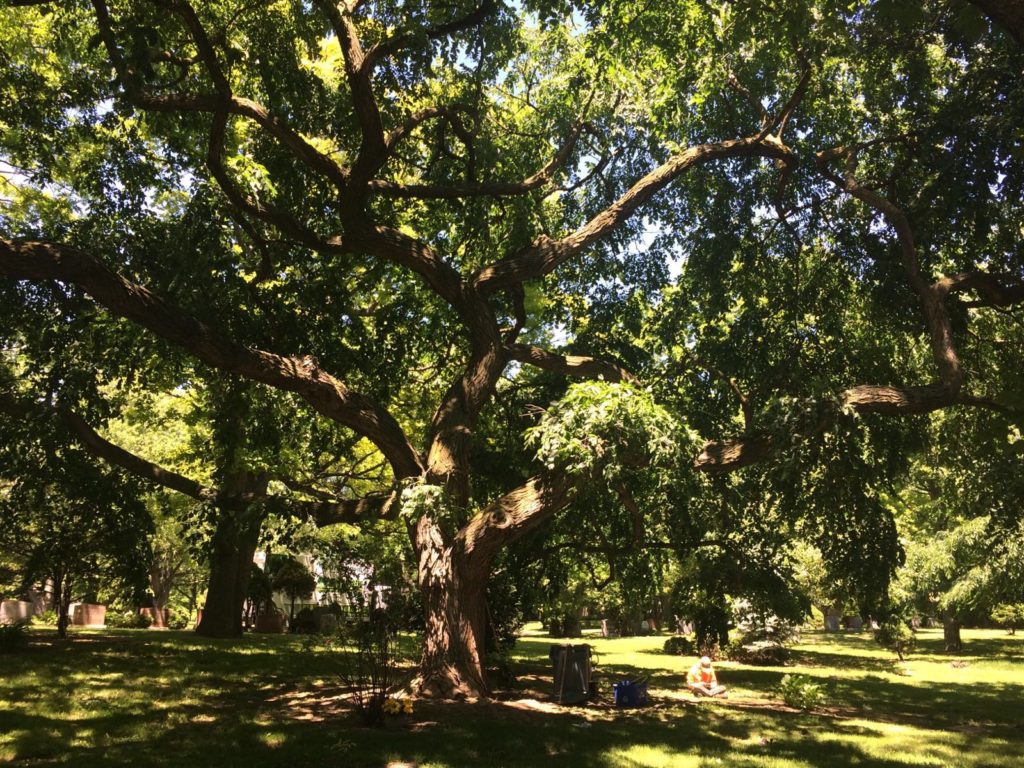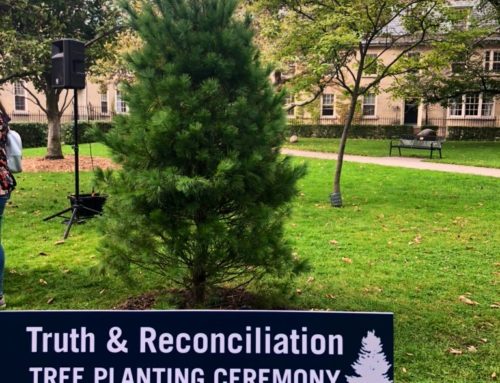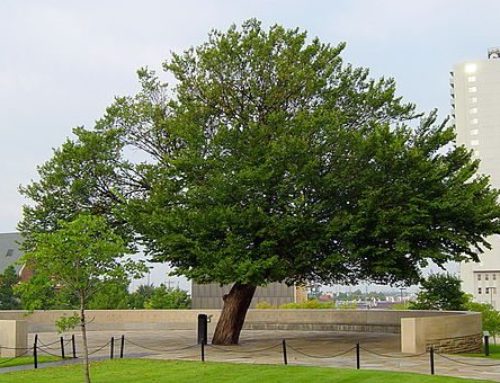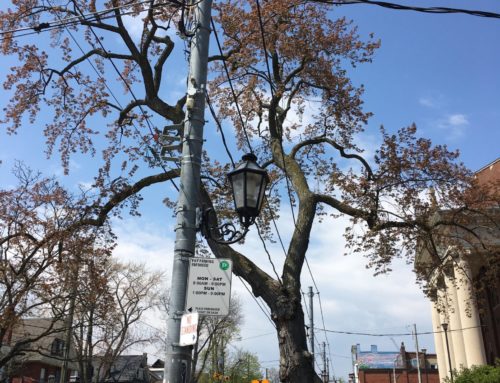For hundreds of thousands of years, people have been fascinated by trees and felt a strong connection to them. Trees have played a role in mythology, legend, religion and lore since the earliest human civilizations. Every culture has stories about trees possessing mystic powers. Forests are often the setting for stories of adventure, and trees can take on roles of helper or obstacle, depending on the story.
What is it about trees that lend themselves so well to allegory and folklore? Based on the way most of these stories are told, it is the physical nature and composition of trees that sparks this type of inspiration.
Lifecycle
The cyclical nature of a tree’s lifespan is certainly one example of this. Each year, many trees shed their leaves in winter, and regrow them in the spring. This inspires stories of trees representing death and rebirth, or immortality. Certain trees’ ability to produce fruit also lends itself well to stories of trees being the creators of life.
For example, in some versions of one Persian creation story, a tree grew from the decaying body of the first human. The trunk of the tree split, creating man and woman. The story also describes how the fruit from the tree became the various races of humankind.
Scale
Another physical aspect of trees that inspires mythology is the pure scale of them. Trees grow tall, with canopies extending upwards, and a deep root system that can appear endless. This can be seen to represent the connection between the heavens and the underworld to the physical world.
In Norse mythology, for example, Yggdrasil is a mythical tree (often thought to be an ash tree) that is the centre to the cosmos, and connects the nine worlds of Norse cosmology. This tree was said to nourish gods, humans and animals, and allowed for gods and other beings to travel between the realms.

Yggdrasil-https://commons.wikimedia.org/wiki/File:Yggdrasil.jpg
Form
Additionally, the form of a tree can almost be seen a having human-like qualities. Trunks can look like bodies, branches like arms, and leaves like hair. Some trees can even appear to have human faces in their knots and cankers. Also, the way trees move and sway with the wind makes it easy for them to be anthropomorphized.
We see this a lot in Greek Mythology with wood nymphs and other forest deities. In the story of Apollo and Daphne, the god, Apollo, is shot by Ero’s arrow and falls in love with Daphne. In order to escape Apollo’s advances, Daphne has her father turn her into a Laurel tree. Apollo vows to continue loving her forever, so he is usually depicted wearing a crown of laurel leaves. He also uses his powers of immortality to keep the laurel tree evergreen.
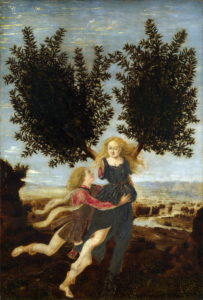
Source: http://www.nationalgalleryimages.co.uk/
Copyright © The National Gallery, London
While trees have always functioned as sources of oxygen, food, fuel and shelter for humans, as these stories show, they have also helped us conceptualize the natural world and reinforce the connection we have to them as living, breathing organisms.
All the more reason to Be Good to Your Trees!
By: Kristie Nairn, MA, MMst
Cohen & Master Tree and Shrub Services

